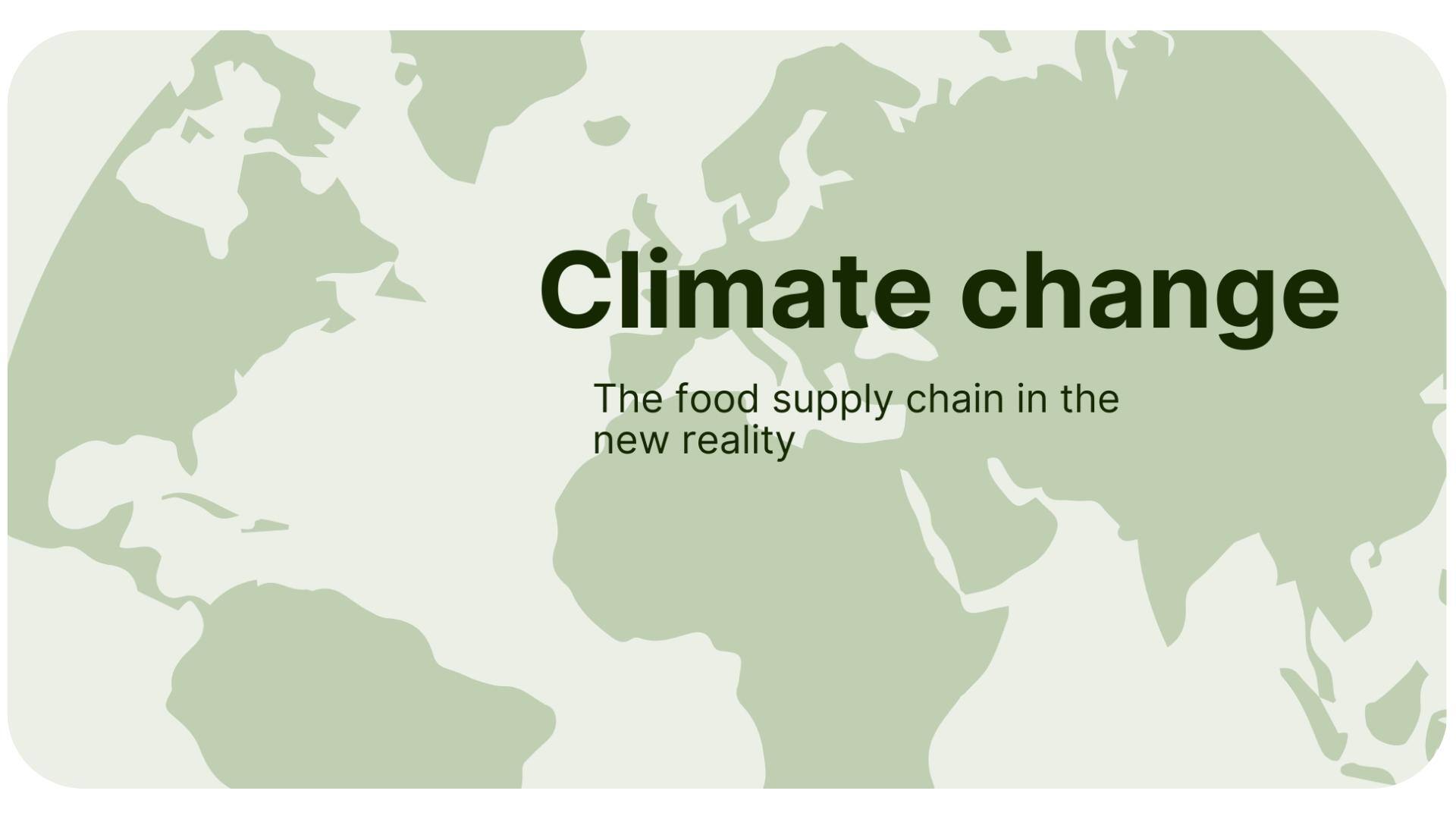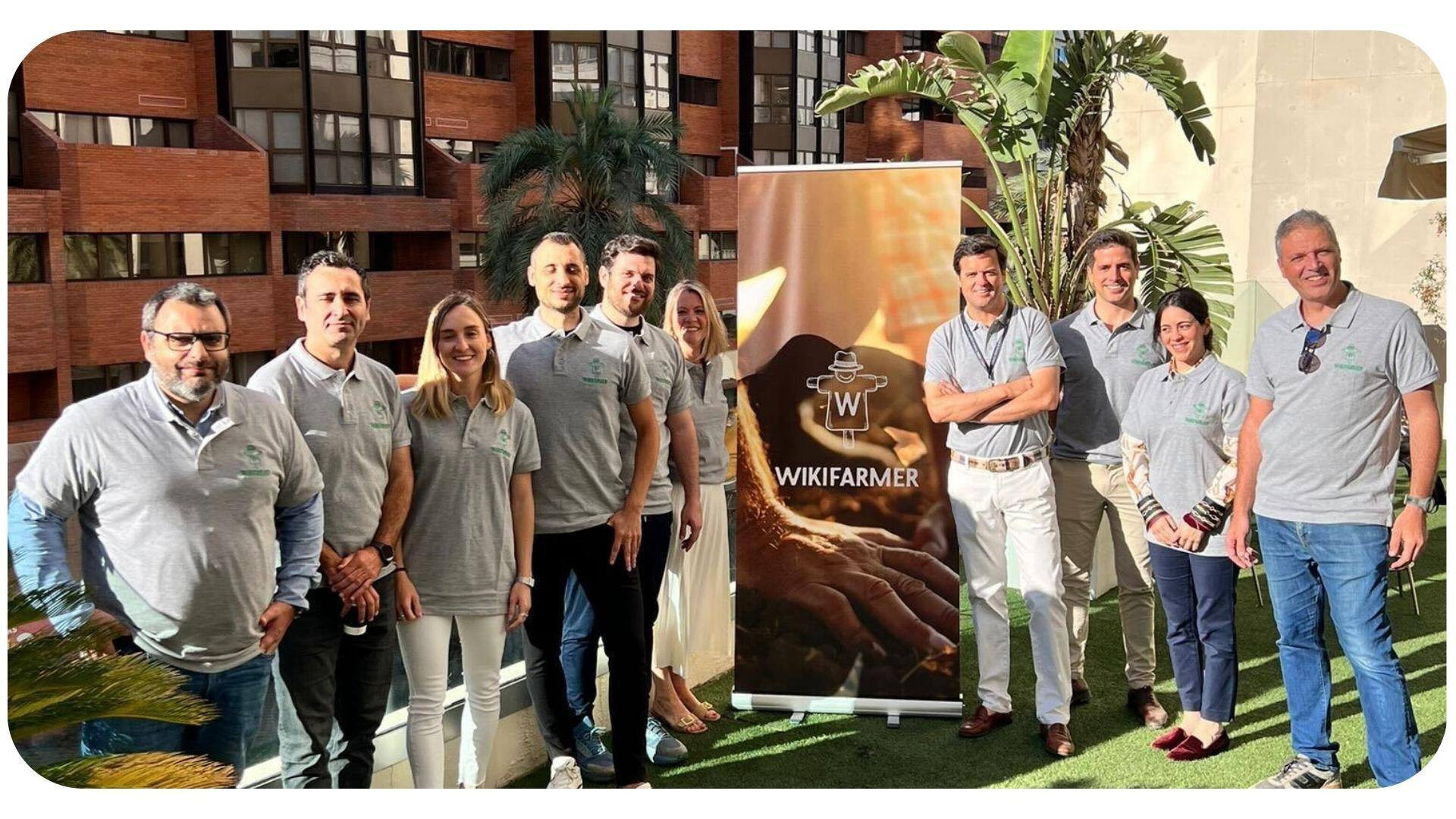Agriculture in a glimpse: 2022 in review and Top product searches
What happened in 2022?
2022 has been a monumental year for agriculture. Farmers and businesses were both faced with challenges that required patience and adaptability to overcome. From supply chain shortages to spiking input costs, the outbreak of the war in Ukraine, disastrous weather conditions, and labor shortages to name a few, called for the world’s action to meet the rising consumer demand for agricultural products.
The Wikifarmer team comments on the past year, as well as the Top product searches on the leading B2B marketplace for agricultural products in 2022.
Purchasing behavior and Top product searches
The moment the global supply chain was gradually beginning to recover from the devastating effects of the pandemic, the outbreak of the war in Ukraine hit the news. The impact of the conflict on the wider economy was immediate, in the form of food shortages as well as soaring oil and gas prices. Unsurprisingly, the distribution of sunflower oil, corn, and wheat experienced a significant drop, as Ukraine is a leading producer of these commodities.
The aforementioned are also reflected in the Top searches on the Wikifarmer platform since oils hit the top of the list. Sunflower oil was the number one query for 2022, followed by olive oil in a close second. Sunflower oil has become “gold”, due to its lack of availability in the aftermath of the war and the very real climate change. Two main factors shape the increasing demand for olive oil: firstly, it is a staple product in the Mediterranean diet and many businesses source olive oil from producers in Greece, Italy, and Spain on the Wikifarmer market. Secondly, the scarcity of sunflower oil raised the need amongst buyers for alternative oil options.
Searches continue with tomatoes in third place, followed by apples. Fresh and high-quality fruits and vegetables are produced by thousands of producers on the marketplace and are in high demand from consumers and businesses, hence they always remain high on the list in recent years, while there is also an evident shift in consumer behavior towards fresh healthy food in the wake of the coronavirus. Constant price increases in fresh produce consist of an additional factor, as businesses try to secure their stock in fruits and vegetables early, establishing trusted partnerships with suppliers.
Pomace olive oil and maize oil come up next, with rising demand as oil alternatives, as well as honey, known for its beneficial properties and a valuable part of the Mediterranean diet.
Shrimps and prawns are in the 8th place on the Top 10 list, with increased interest from tourism and catering professionals and households. It is worth mentioning that there is a general increase in the consumption of so-called 'blue' foods (from aquatic ecosystems) and it is estimated that their consumption will double by 2050. Feta comes in 9th place, in particular across Mediterranean countries.
Even though purchasing behavior remained calm until mid-2022, the increased demand for packaged products such as lentils coming in 10th place indicates that there is a tendency for some consumers and businesses to build up sufficient stocks.
Reading through the searches it is clear that consumers are on the lookout for alternatives that will substitute inaccessible commodities, and businesses adopt a more aggressive buying strategy, in the fear of shortages and price increases. Local governments are taking measures to ensure independent economies, but inflation has already reached highs that we haven’t touched in decades. And geopolitical uncertainty as well as climate change have affected the harvests and crops of 2022, making it even more difficult to meet the demand for agricultural products.
Innovation through uncertainty
The rising cost of primary inputs is a major concern for growers, with more than half of them worried that this increase in price will continue to rise rapidly. Fertilizers, crop protection and labor constitute the main challenges for farmers in terms of cost and risks to their profitability.
Farmers are also changing their purchasing strategies, including buying earlier in the growing year and focusing on sustainability, as confirmed by Wikifarmer and its partners. There is also an upward trend in terms of digital transactions, but farmers have not yet replaced direct sales as their preferred channel.
Producers are making a shift towards smart agriculture, focusing on new products and technologies to manage market unpredictability and increase the yield and quality of their crops. The Wikifarmer library invests highly in this area, with thousands of free how-to guides and articles on agricultural best practices, empowering farmers around the world during the times they need it most.
This growing demand for digitalization, farm automation, and sustainability is met in the technological advancements of 2022. These advancements contribute to efficient time and resource utilization, as well as crop loss reduction and they are deployed in the form of IoT (Internet of Things), AI (Artificial Intelligence), and computer vision, amongst others.
Based on the above, it is evident that the agri-food sector is undergoing profound changes in terms of technology due to the untrusted supply chain. And as with every rapid change, this transformation has to be gradually integrated impacting the system negatively. For example, if automation is not aligned with the socio-economic and labor market conditions, issues related to labor displacement may arise.
The next chapter
In order to balance the economy and agricultural production in the long term, change must come with innovative and sustainable solutions. Agriculture affects the lives of all people on the planet and its well-being is key to the economy and society. The past year has been one of the most challenging for the agrifood sector, with the outbreak of the war, climate change, and the scarcity of natural resources having a major impact on food production and distribution. As such, the need for the transformation of the food value chain is accelerated, along with the upgrading of crops, digitization, and mature purchasing behavior, in order to overcome current challenges.
Wikifarmer responds to the need for new technologies and ideas that have the potential to reshape agriculture. During this new era, suppliers, consumers, and businesses are called to act with greater awareness and responsibility. Wikifarmer was created to empower producers through education as well as a means of promoting their agricultural products to thousands of buyers; helping them upgrade their production and get back the value they deserve. This will have the direct consequence of further developing sustainable farming and increasing production, which will solve key problems such as food shortages and climate change.
.png?width=450&height=87&name=New%20Logo%20(1).png)

